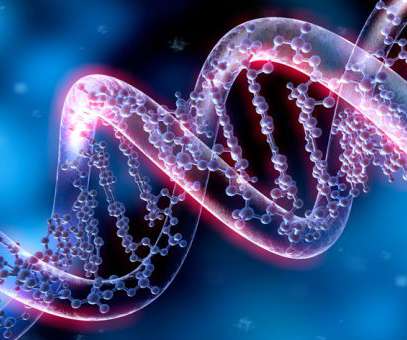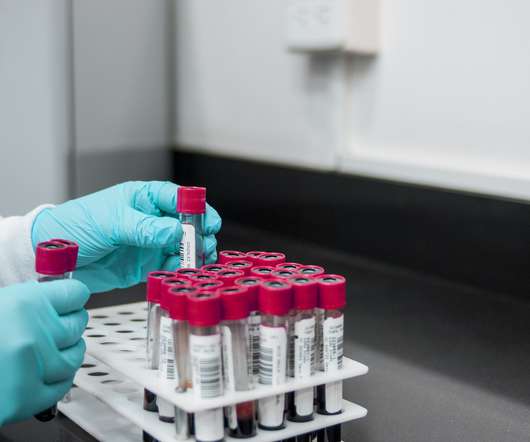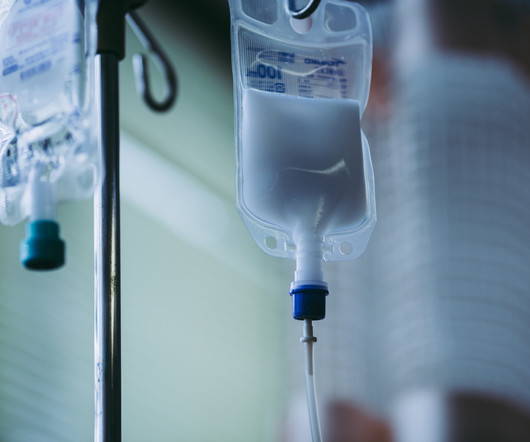Why early participant engagement is now a top priority in genetic disease research
pharmaphorum
JANUARY 18, 2023
The DNA of these so-called ‘genetic superheroes’ may contain clues about how to treat severe disease. In our experience of running 20+ precision medicine studies, there are a few design principles that every research programme – from biobanks to clinical trials – should consider. Giving participants something in return.













Let's personalize your content